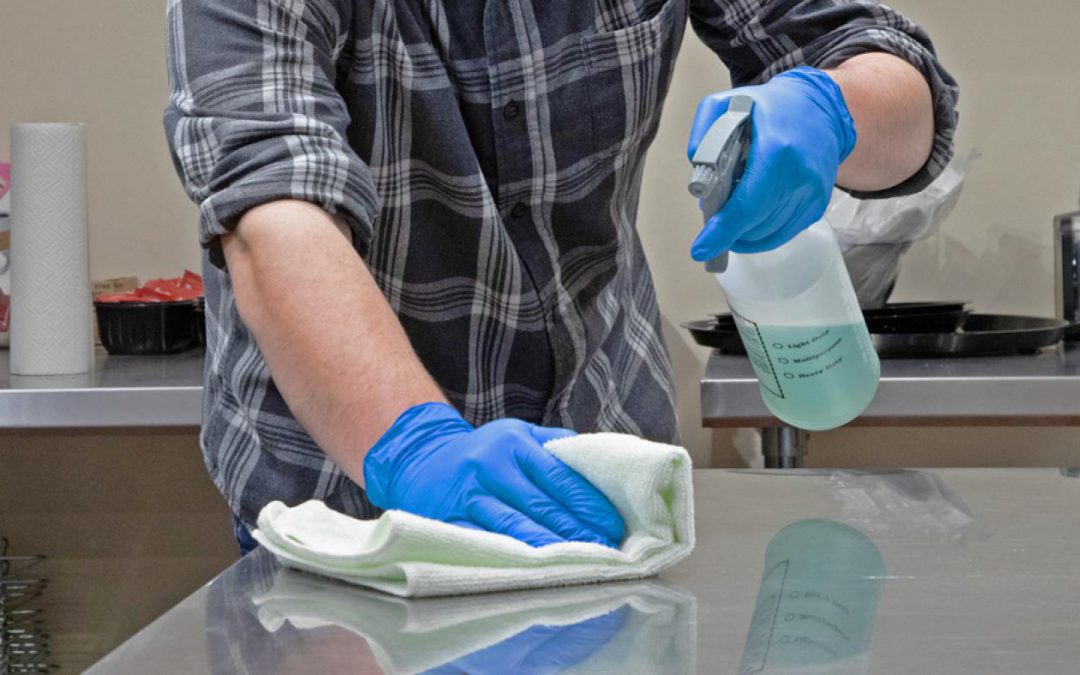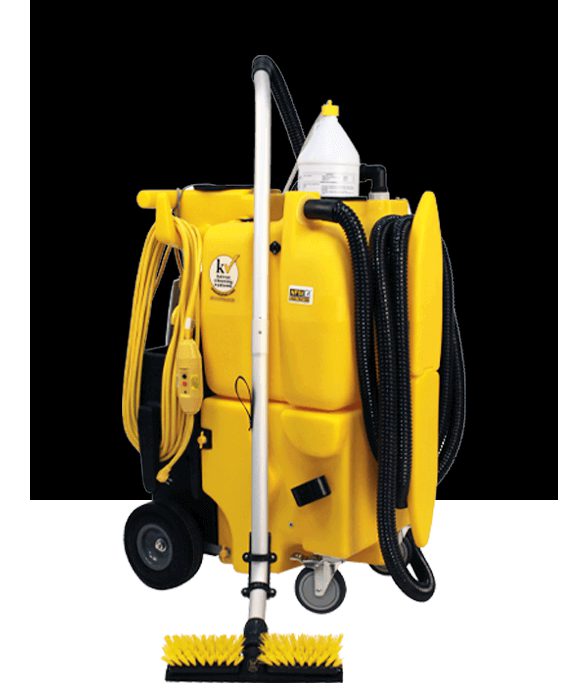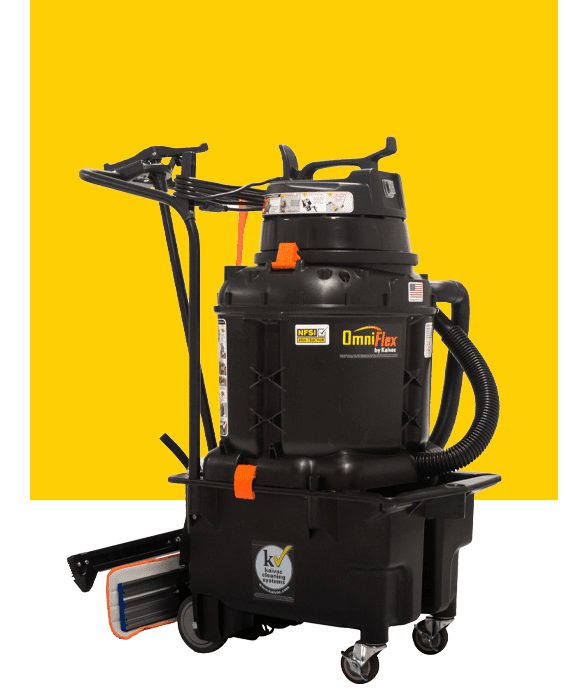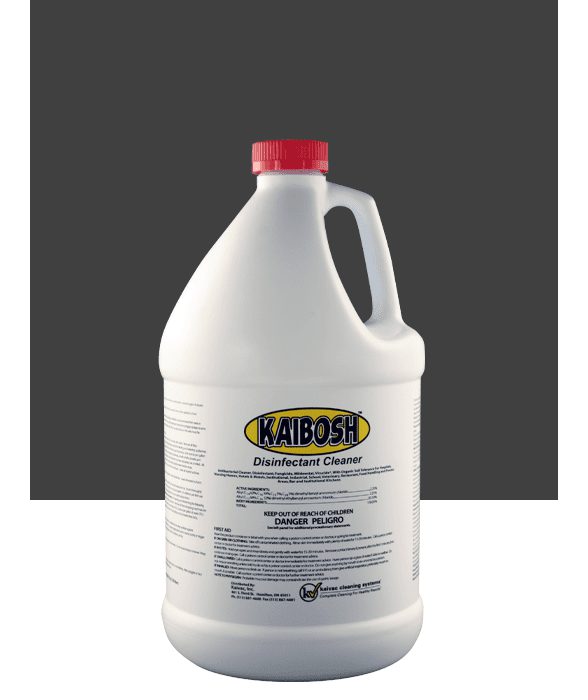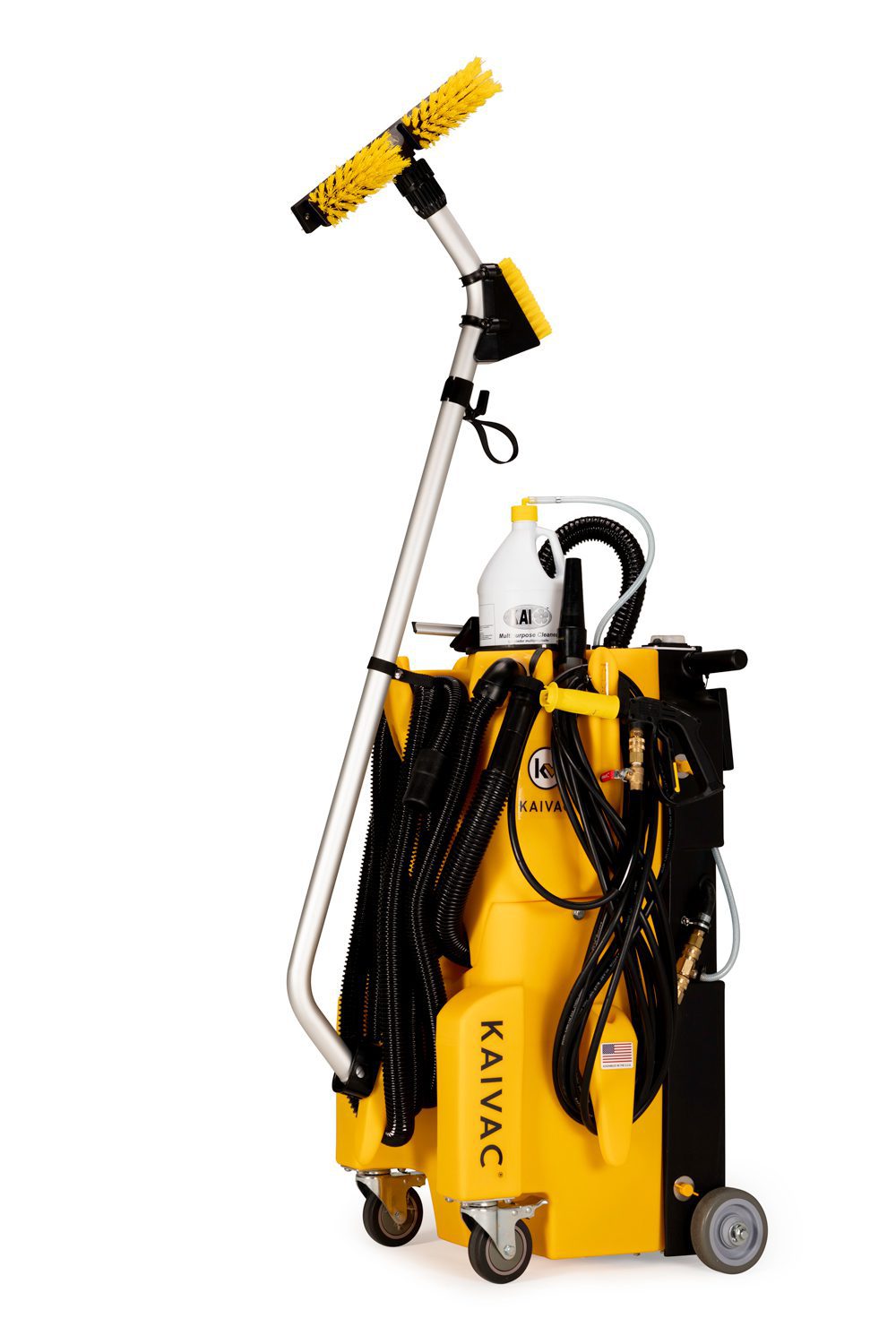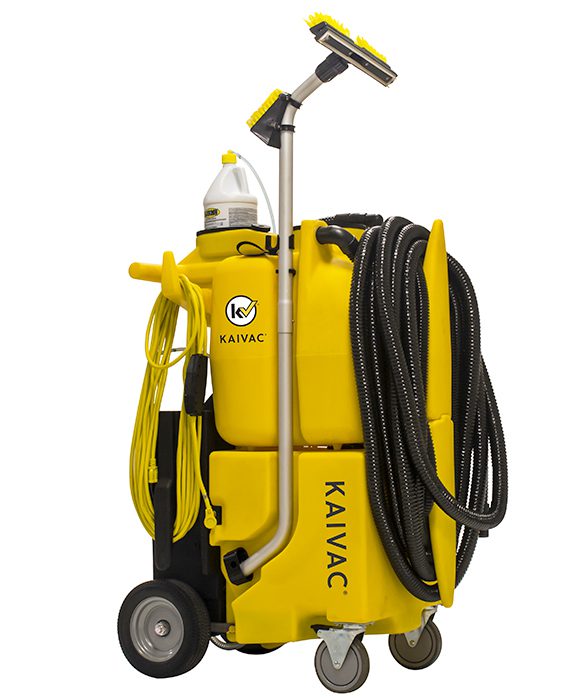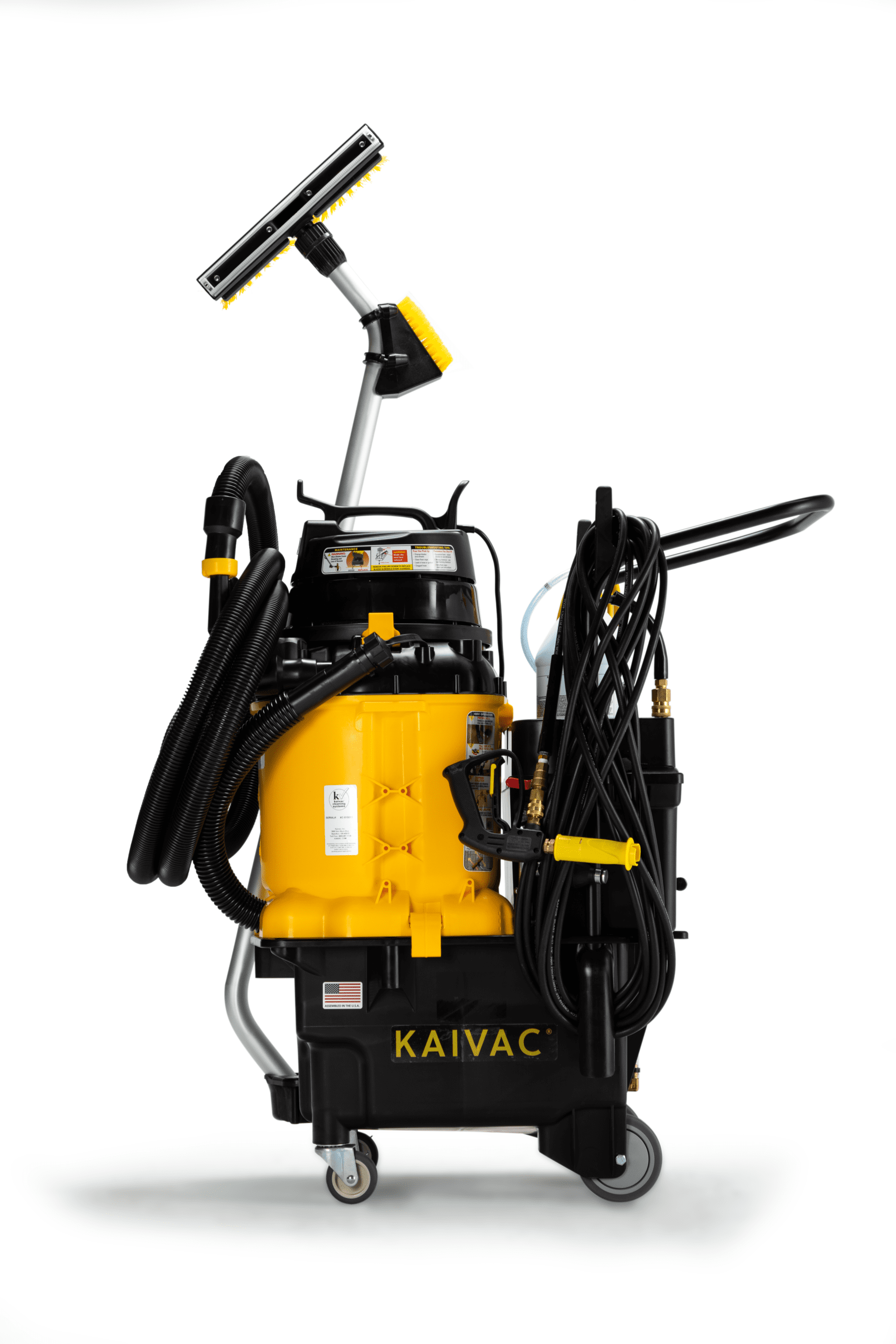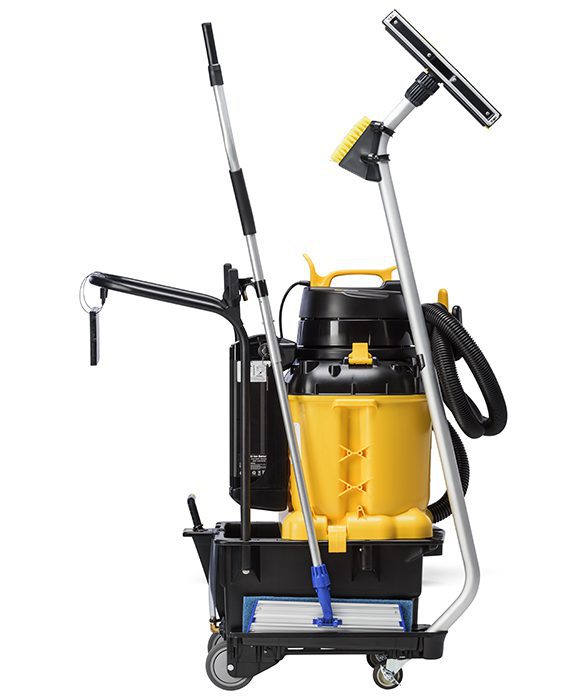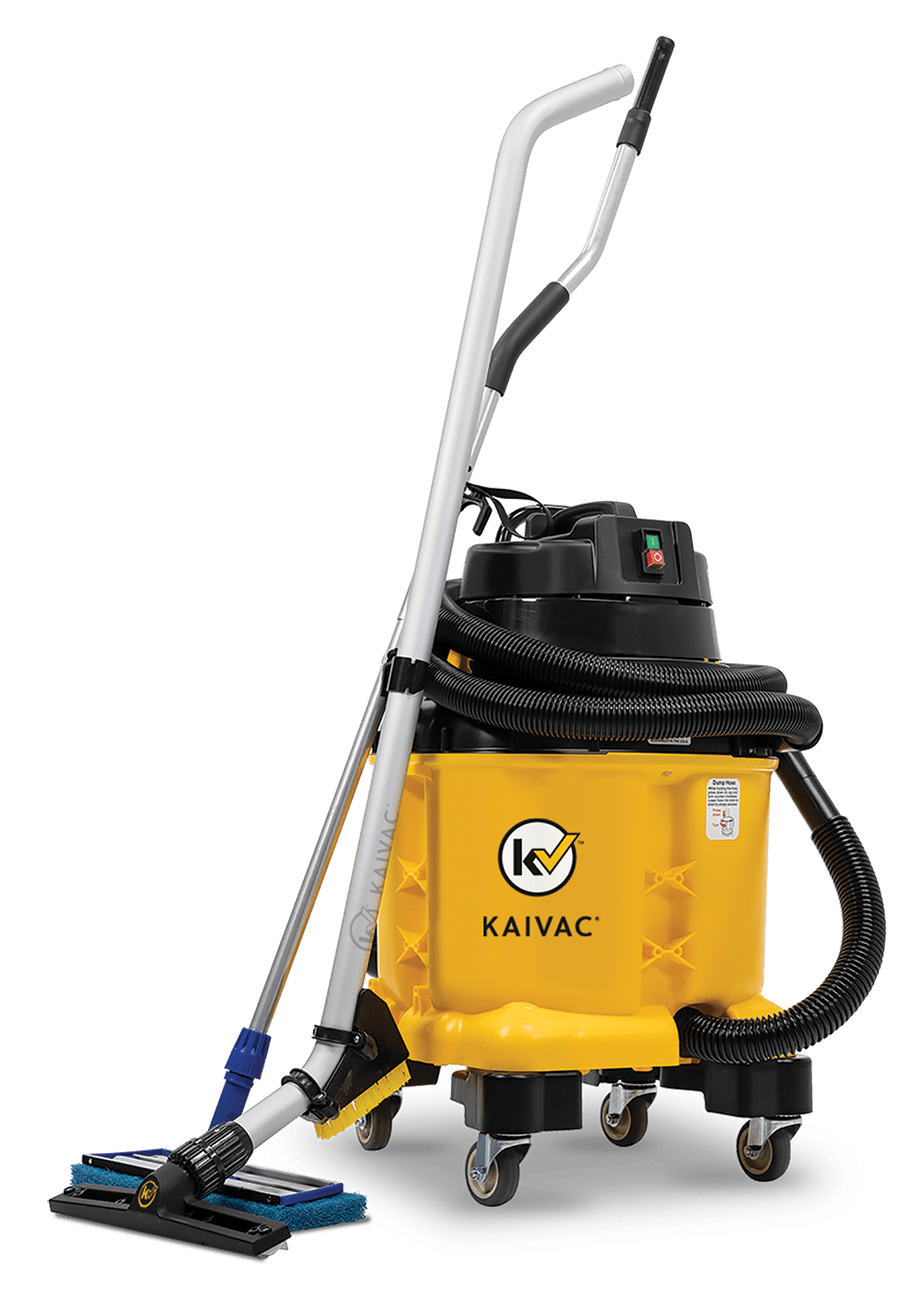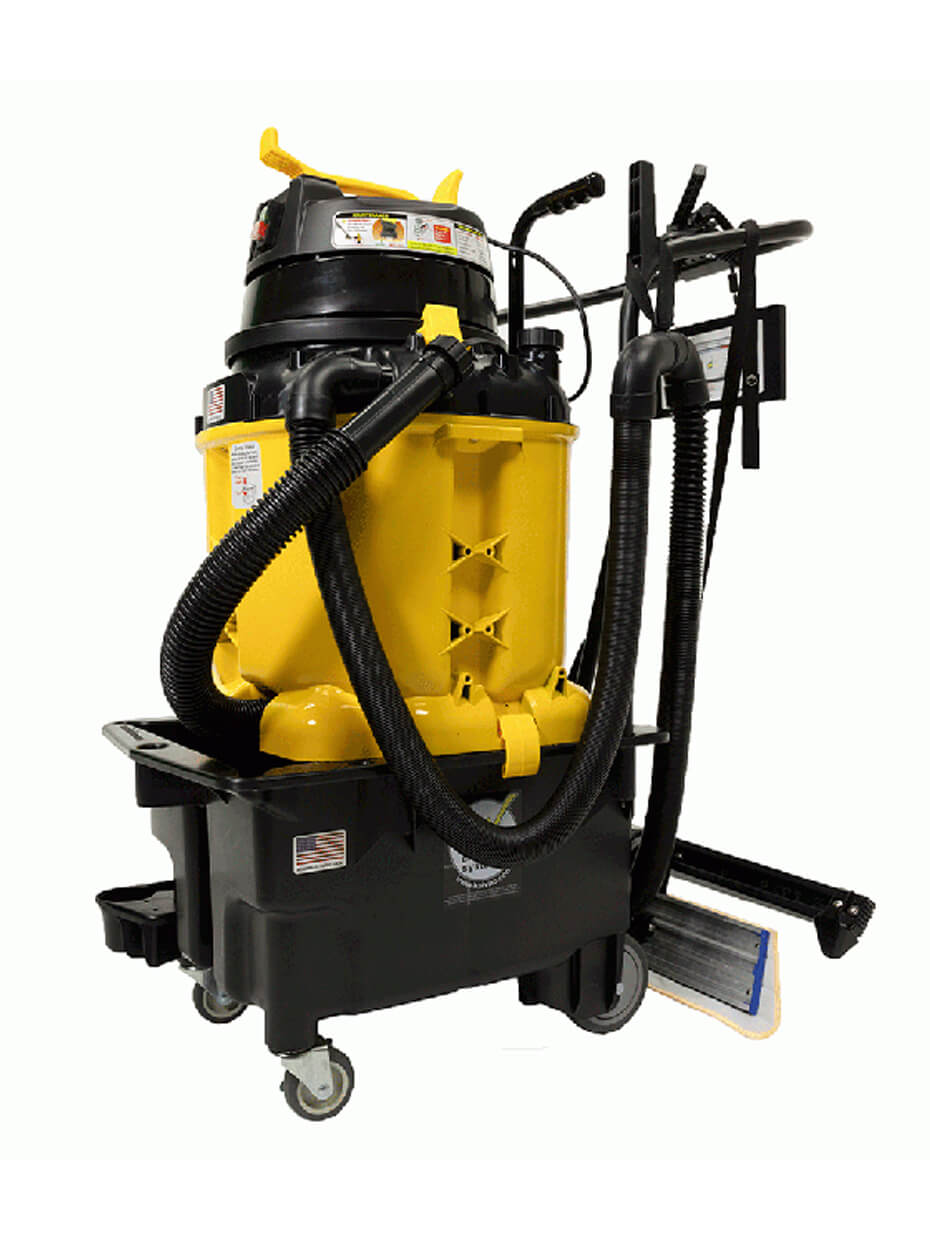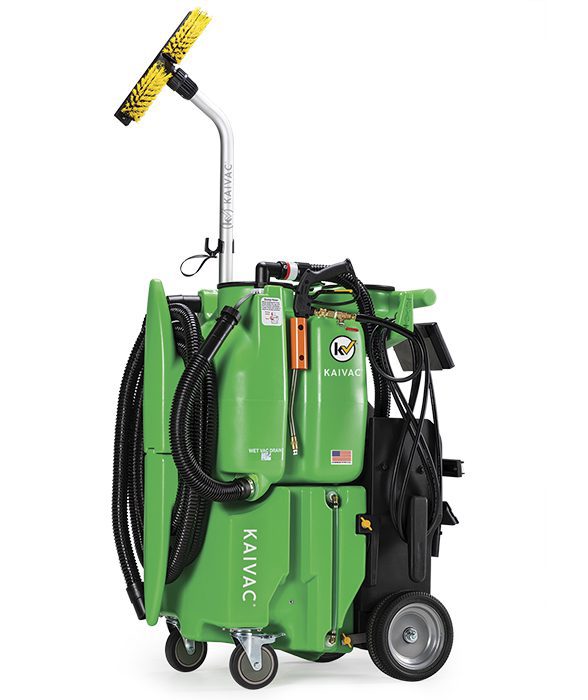Thanks to COVID-19, everyone is cleaning and disinfecting more often. But what does that mean? The two terms are not interchangeable. Cleaning removes dirt, grime and bio-pollutants, while disinfecting kills germs, bacteria and viruses. They are two very different processes requiring two very different protocols.
And order matters.
Pouring disinfectant on a dirty surface is a waste of time, money and effort. To get optimal results you must clean before you disinfect.
Cleaning: What It Is and How it Works
Cleaning, according to industry expert Dr. Michael Berry is, “the removal of visible and invisible soil through mechanical and manual processes.” That means sweeping, scrubbing, wiping and rinsing surfaces. Products like detergents mixed with water create chemical reactions that help break up and lift soils away but cleaning still require that mechanical and/or manual agitation to do the job.
While surfaces may look clean after this process, they may not actually be clean. Take restrooms for example. Maintenance staff may have completed all of the physical acts of cleaning: sweeping, scrubbing, wiping and rinsing, but the space may still smell bad. That’s because malodorous bacteria embedded in the porous grout were not removed. In fact, the act of mopping deposits dirty mop water into the grout and actually feed these bacteria allowing them to multiply even faster.
And smell even worse.
Smelly restrooms, kitchens and locker rooms telegraph that a maintenance protocol is not working, no matter how sparking clean they may look.
Disinfecting: What It Is and Why It’s Important
Disinfectants are completely different from detergents. Think of them as pesticides designed to kill or inactivate microbes. For a disinfectant to be registered with the EPA it must prove that it kills at least 99.99% of a specified bacteria, virus or fungi. Using a disinfectant properly means that a given surface is basically free from these potentially harmful microbes. (A 100% kill rate does not exist, but 99.99% is pretty close.)
However, it’s important to consider that not every disinfect kills every bacteria, virus or fungus. Also, disinfecting products must remain on a surface, or “dwell,” for a specific amount of time, usually between four to 10 minutes, to work completely. Labels will contain detailed instructions.
Where Disinfecting is Most Important
Disinfecting touchpoints, also known as, places people commonly come into contact with, was always important. Now it’s even more vital for public health and public confidence as the country slowly re-opens. Focus disinfecting efforts on:
- Doorknobs
- Light switches
- Remote controls
- Phones
- Keyboards
- Backs of chairs
- Water fountains
- Sink taps
- Toilet flushers
- Hand rails
Clean First, Then Disinfect
Even if you find the right product and let it dwell for the correct amount of time, a disinfectant can’t work on a dirty surface for two reasons. First germs can hide underneath dirt and other material on surfaces so they are not affected by the disinfectant, according to the EPA.
“For a germicide to work, it has to touch the germs,” explains Dr. David Weber, a professor of medicine and epidemiology at the University of North Carolina at Chapel Hill in an article for the New York Times. “If you have a layer of grime, the dirt can protect the bacteria. Cleaning has to precede disinfection.”
The second reason, according to the EPA, is dirt and organic material can also reduce the germ killing ability of some disinfectants.
What About Products That Do Both?
Cleaning and disinfecting take extra time. And time is very valuable in the building maintenance industry.
Luckily, there are cleaning technologies that can combine the process. The Toxics Use Reduction Institute in U Mass Lowell recommends using a spray-and-vac machine to remove microbes and their spores.
These machines from Kaivac combine the physical agitation needed to clean and a powerful vacuum to remove dirt and pathogens. Even that smelly bacteria that live in restroom grout can be removed using just water. Add a disinfectant cleaner like KaiBosh to kill a broad spectrum of bacteria and viruses. KaiBosh can also be used in spray bottles and other applications.
